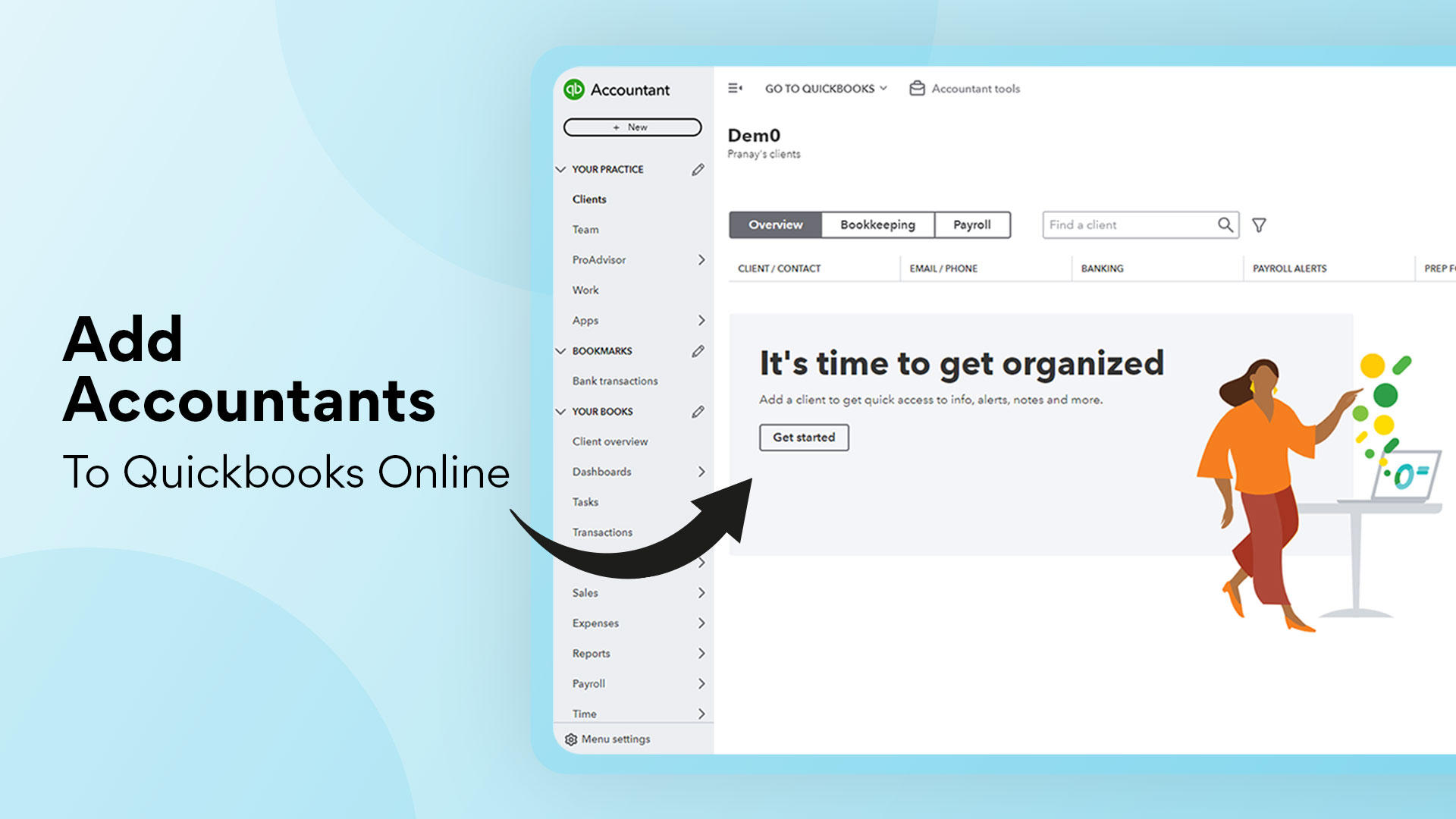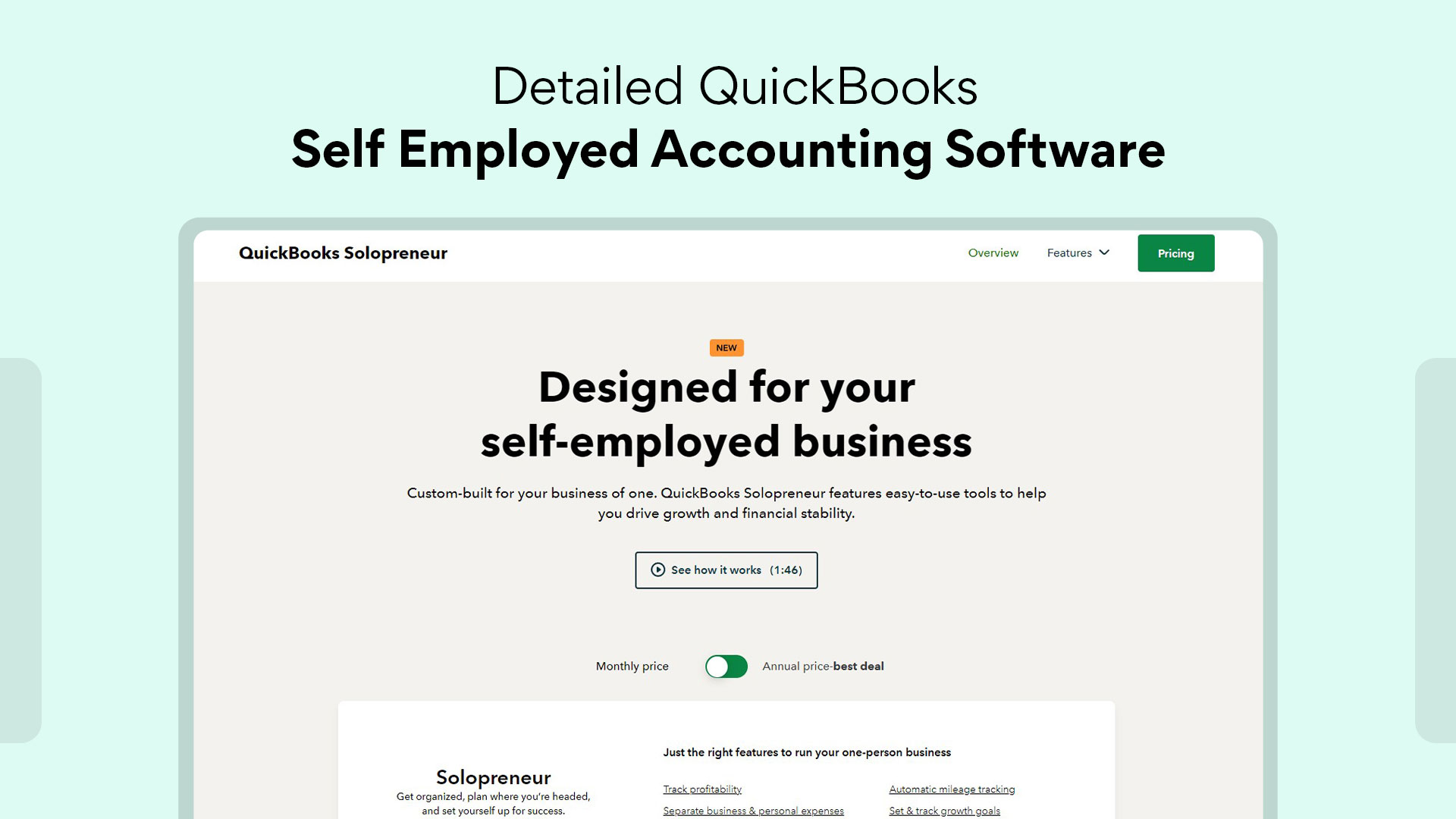7 Tips To Improve Your File Quality Using Xenett

Did you know that inaccurate data has a direct impact on the bottom line of 88% of companies? And that the average company loses 12% of its revenue due to the inaccuracies within the data?
That’s a pretty staggering number, considering this can be avoided. We all have times when we are training someone new or are rushed and, well, mistakes happen. To err is to be human. So how can we help our clients, and build our reputations without having multiple people review the same data and even having them possibly miss the errors? Yes, there is an app for that.
Xenett is my solution to this quandary. Using their AI and my knowledge of the client’s files, I can set up custom reports to catch what we may miss. What I found during a recent survey is that Xenett can catch the top 7 common issues that we may experience in our clients’ files.
1. Assets
How many times have you found an asset categorized as an expense in error? Or even expenses categorized as an asset? Xenett has customized reports that you can set up to automatically pull a report or list of those items that are over the set dollar amount that you specify to review to ensure they are in the correct category. Reversed, another report will recognize all those that have been categorized as assets in error—let’s say one large bill with multiple items all under the dollar limit you set. This gives you a chance to review the details to see if you agree that they belong there.
2. Tax codes
Those of us in states or provinces with multiple tax codes know exactly what I am referring to. You can set up a custom report that pulls all items and sorts them by either account or tax code for quick viewing. This allows you to then make a correction where necessary. Hint, one account that I pull is the shareholders/owners draw account. I find that this can often have the wrong tax code attached.
3. Inventory
While I don’t deal with inventory, this is one of the top 5 common errors. You could easily create a custom report that will allow for a search of specific words or inventory part numbers that may accidentally be coded to a COGS account directly instead of within the inventory account.
4. Clearing accounts
We use clearing accounts frequently, however, unless you reconcile the accounts, these can be easily overlooked. Setting a report that will pull all clearing accounts for a quick peek to ensure the balance is zero is the best and quickest way to catch these.
5. Parent accounts
How about the items that are pushed through to the parent account? I know this is a pain for me. The receipt capture software may not pull the sub-accounts properly or may just be easily missed by a newer team member. There is a report automatically created that will monitor this and provide you with a listing of any entries posted to the parent accounts for quick correction.
6. Duplicate entries
This is a thorn on everyone’s side. There is a standard report already set to advise you of possible duplicate entries. And as a bonus, you can see which of the transactions have already cleared for quick investigation.
7. Unused Supplier/Customer/GL Accounts
Who among us does not like to keep clean lists? But who has the time? I know this is on my list every year, but more often than not, bets are pushed off. There is an automatic report to let you know the last date a transaction was posted to that supplier/customer/GL account. And to top it off, you can select right in Xenett up to 30 to deactivate at once. And just in case you inactivated something in error, you can re-activate it. And just to answer your next question, no, you may not inactivate the main accounts in the COA that you can not deactivate within your main accounting software.
These are just a few of the problems that Xenett by Xenett can solve for you while making you look amazing to your client. Keep watching these monthly blogs for more of my favorite tips and tricks on clean data.
.webp)
.svg)







